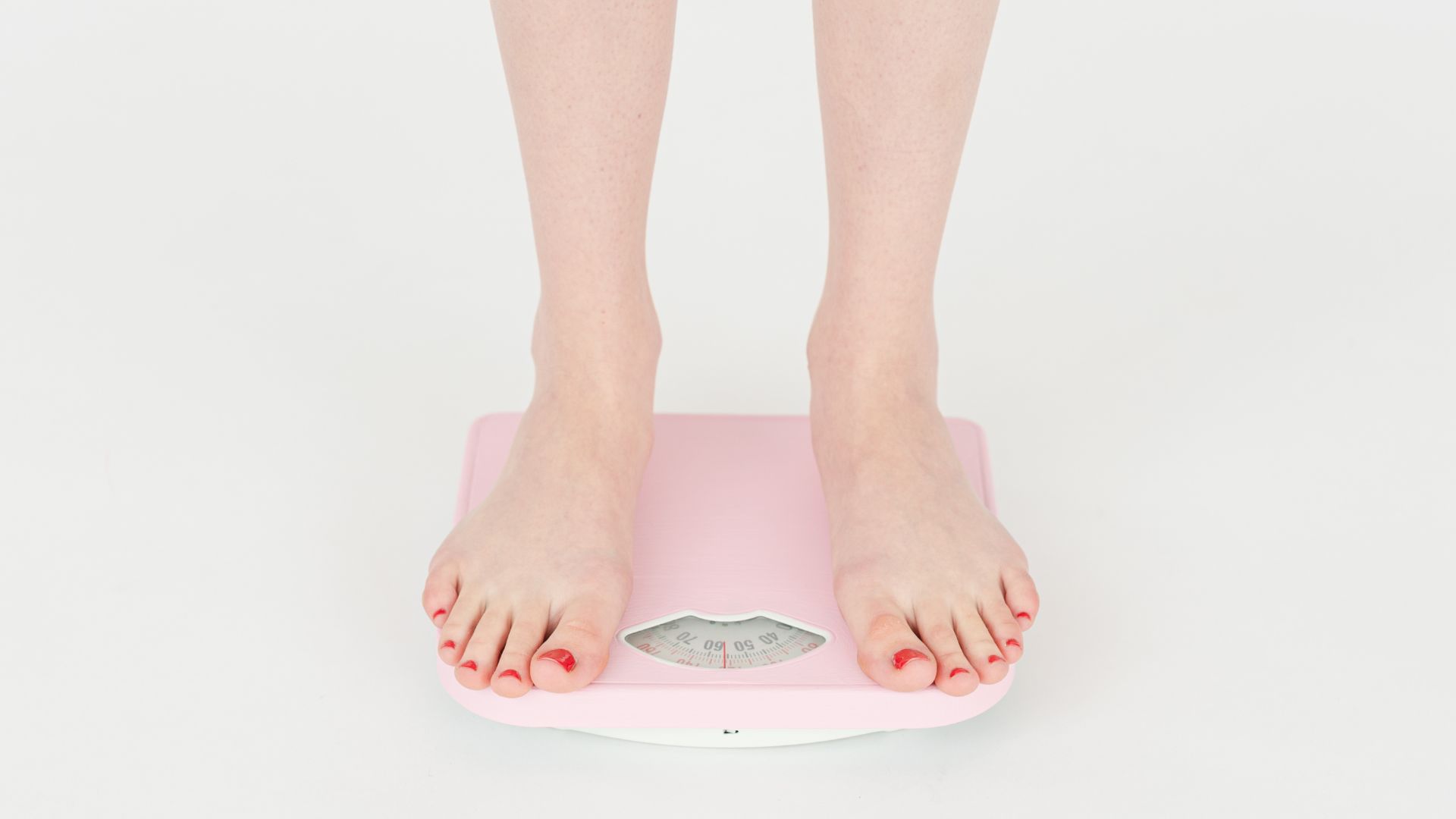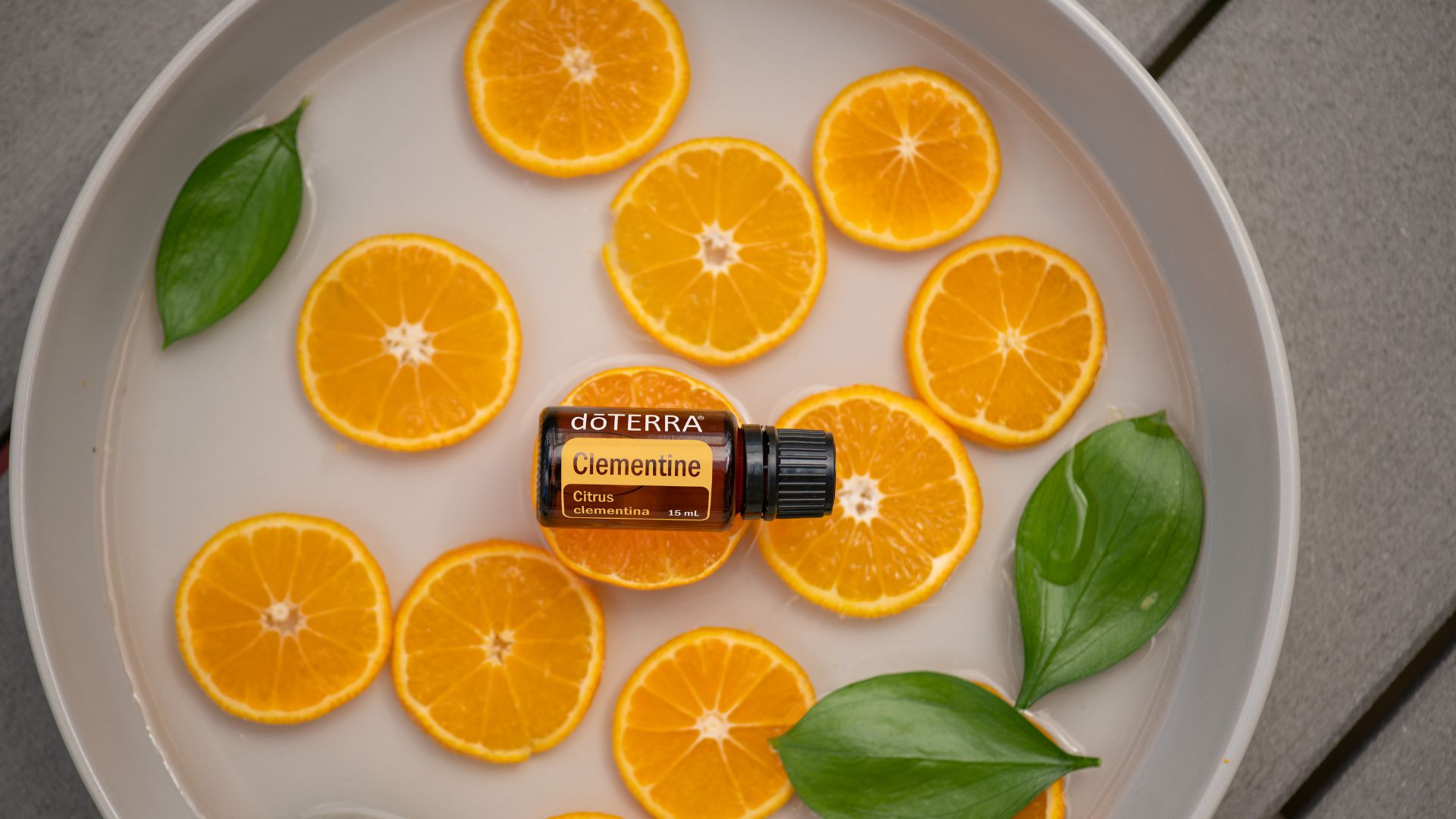Stress is the culprit behind many of our troubles and failures. Constant tension and anxiety can lead to serious problems, ranging from insomnia to chronic diseases. It is important to learn how to prevent and manage stress to maintain physical and mental well-being. Often, stress leads to sleep problems: anxious thoughts prevent relaxation, disrupting sleep phases, which results in chronic fatigue and emotional exhaustion. Hans Selye, the founder of the concept of stress, noted that it can be both beneficial (eustress) and harmful (distress), depending on its duration and intensity. Stressors can be both external and internal, often triggered by critical self-talk, negative memories, or fears about the future. The brain reacts similarly to real and imagined threats. People experience stressful situations differently: some cope quickly, while others endure negative effects for a longer time. There are three main types of physiological reactions to stress: “fight,” “flight,” and “freeze.” These behavior patterns indicate how people handle tension. The “fight” response manifests in aggressive actions, “flight” in attempts to avoid the situation, and “freeze” in delaying decisions. To cope with stress and anxiety, it is crucial to maintain balance and develop healthy relationships with others. Engaging work and close relationships are the foundation that helps overcome stressful situations. Two key approaches to reducing stress are proper nutrition and spa treatments. These methods help restore internal balance and improve overall well-being.
Foods for Combating Stress
To support cognitive functions and fight stress, it is important to include certain foods with special nutritional properties in your diet.
Nuts and Seeds
Nuts and seeds, such as walnuts, almonds, flax seeds, and chia seeds, are excellent sources of omega-3 fatty acids. These beneficial fats play a crucial role in maintaining brain health, improving its functions, and boosting mood. Omega-3 fatty acids have anti-inflammatory properties that help reduce stress and anxiety levels. Additionally, nuts and seeds contain magnesium and vitamin E, which support cognitive functions and protect the brain from oxidative stress.
Fruits and Vegetables
Fruits and vegetables, especially berries and leafy greens, are rich in antioxidants that protect the brain from damage caused by free radicals. Berries such as blueberries, raspberries, and strawberries contain flavonoids that improve memory and cognitive functions. Leafy greens like spinach and kale are rich in vitamins A, C, and K, as well as folic acid, which supports the health of the nervous system and enhances mood. Consuming a large amount of vegetables and fruits helps reduce inflammation and protects the brain from chronic stress.
Whole Grains
Whole grains such as oatmeal, quinoa, and brown rice are an important source of complex carbohydrates that provide a stable blood sugar level. This helps maintain energy and concentration throughout the day. For example, oatmeal is rich in fiber and proteins, which promotes slow energy release and prevents sharp spikes in blood sugar levels that can cause fatigue and irritability. Quinoa contains all nine essential amino acids, making it a complete protein source necessary for muscle tissue recovery and neurotransmitter synthesis, which regulate mood. Adding these foods to your daily diet not only improves cognitive functions and reduces stress levels but also supports overall health by providing the body with all necessary nutrients.
Spa Treatments and Their Impact on Health
Spa treatments are an excellent way to relax, relieve stress, and improve overall well-being through various methods.
Essential Oil Baths
Baths with added essential oils are one of the most popular relaxation methods. Essential oils such as lavender, eucalyptus, rosemary, and melissa have numerous beneficial properties:
- Lavender: Has a strong calming effect, helps reduce stress levels, and improves sleep quality.
- Eucalyptus: Possesses anti-inflammatory and antiseptic properties, aiding in the cleansing of the respiratory tract.
- Rosemary: Stimulates blood circulation, enhances memory and concentration.
- Melissa: Known for its sedative properties, helps relieve nervous tension. A warm bath with essential oils not only relaxes muscles but also improves psycho-emotional state, reducing stress levels and enhancing mood.
Massage
Massage is one of the most effective spa treatments for reducing stress and improving overall well-being. There are many types of massages, each with its features and benefits:
- Classic massage: Improves blood circulation, promotes relaxation, and relieves muscle tension.
- Aromatherapy massage: The use of essential oils enhances the massage effect, helping to relieve stress and improve mood.
- Swedish massage: Combines strokes, kneading, and rubbing, improving lymphatic and blood circulation, and reducing cortisol levels – the stress hormone.
- Thai massage: Combines elements of yoga and reflexology, promoting deep relaxation and the restoration of energy balance. Regular massage sessions help reduce muscle tension, improve blood circulation, and eliminate toxins, ultimately leading to reduced stress levels and improved overall health.
Wraps
Wraps are an effective procedure for detoxifying the body and improving skin condition. There are several types of wraps:
- Clay wraps: The use of clay helps eliminate toxins, improve blood circulation, and nourish the skin.
- Seaweed wraps: Rich in trace elements and vitamins that penetrate the skin, enhancing metabolism and reducing stress.
- Chocolate wraps: Possess antioxidant properties, hydrate and tone the skin, and stimulate the production of endorphins – the hormones of joy. During wrapping, a special composition is applied to the body and wrapped with a film, creating a greenhouse effect for better absorption of active substances. Wraps not only remove toxins but also make the skin firmer and smoother.
How Spa Treatments Promote Relaxation and Stress Reduction
Spa treatments have a comprehensive effect on the body, helping to relax and improve well-being. Their main actions are as follows:
- Reducing cortisol levels: Massages and relaxation baths help reduce cortisol levels, the stress hormone, leading to improved mood and reduced anxiety.
- Improving blood circulation: Massages and wraps stimulate blood circulation, enhancing the delivery of oxygen and nutrients to tissues, promoting rapid recovery of the body.
- Detoxifying the body: Wraps and baths help remove toxins from the body, improving metabolism and overall health.
- Improving sleep quality: Relaxation procedures improve sleep quality, which is an important factor in combating stress.
- Increasing endorphin levels: Spa treatments stimulate the production of endorphins – the hormones of happiness, contributing to improved mood and increased vitality. Regular spa visits help not only reduce stress levels but also improve overall health, increase vitality, and harmonize the psycho-emotional state.
Physical Activity
Regular exercise helps manage stress and improve overall well-being. Let’s look in detail at how physical activity helps reduce stress and which types of exercise are especially beneficial.
How Physical Activity Helps Combat Stress
- Production of endorphins: Physical exercise promotes the production of endorphins, known as “happiness hormones.” These chemicals, released by the brain, help improve mood and reduce stress levels.
- Reducing cortisol levels: Regular physical activity helps reduce cortisol levels – the stress hormone. Lowering this hormone’s level helps relieve tension and anxiety.
- Improving sleep: Physical activity helps improve sleep quality. Good sleep plays an important role in mood regulation and stress reduction.
- Increasing energy levels: Regular exercise raises overall energy levels and vitality, helping to cope with daily stressors more effectively.
- Boosting self-confidence: Achievements in sports, whether it’s improving physical fitness or learning new skills, contribute to increased self-esteem and confidence, which also helps manage stress.
Types of Physical Activity That Help Reduce Stress
There are many types of physical activity that help reduce stress and improve overall well-being. It’s important to choose the one that brings joy and easily integrates into the daily routine.
- Yoga
- Relaxation and meditation: Yoga combines physical exercises with breathing techniques and meditation, helping to relieve tension and improve psycho-emotional state.
- Improving flexibility and strength: Regular yoga practice enhances flexibility, strength, and endurance, positively impacting overall well-being.
- Running
- Cardio workout: Running is an excellent cardio workout that strengthens the heart and improves blood circulation.
- Endorphin production: Running in the fresh air is particularly effective for endorphin production and mood improvement.
- Time for reflection: Running provides an opportunity to be alone with your thoughts, contributing to relaxation and stress reduction.
- Swimming
- Calming effect of water: Swimming has a relaxing effect on muscles and joints, helping to relieve tension.
- Comprehensive workout: Swimming engages all muscle groups, improving overall physical condition and reducing stress levels.
- Dancing
- Fun and dynamic activity: Dancing is an enjoyable way to maintain physical activity, improve mood, and reduce stress.
- Social interaction: Dancing in a group fosters socialization, which also helps manage stress.
- Strength Training
- Muscle strengthening: Strength training helps build muscle and improve overall physical fitness.
- Tension relief: Lifting weights and performing resistance exercises help relieve muscle tension and stress.
Ways to Integrate Physical Activity into Daily Routine
- Planning: Include physical activity in your daily schedule, just like other important tasks. Plan workouts in advance and stick to the schedule.
- Small steps: Start with small, but regular workouts. Even 10-15 minutes of physical activity a day can significantly improve well-being.
- Choosing enjoyable activities: Find the type of physical activity that you enjoy. This will help maintain motivation and make exercise a regular part of your life.
- Integrating into daily tasks: Include physical activity in daily tasks. For example, walk or bike instead of using transportation, take the stairs instead of the elevator.
- Group activities: Join fitness groups or clubs. Social interaction and group support will help maintain motivation and make workouts more enjoyable.
Physical activity is an essential component of a healthy lifestyle. Regular exercise helps manage stress, improve physical and mental health, and maintain vitality.








